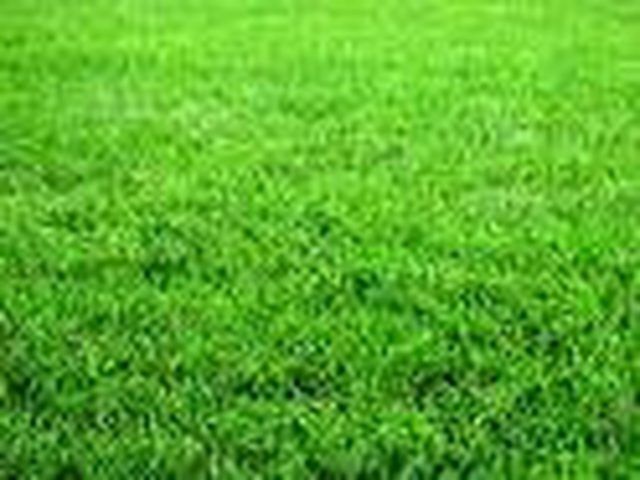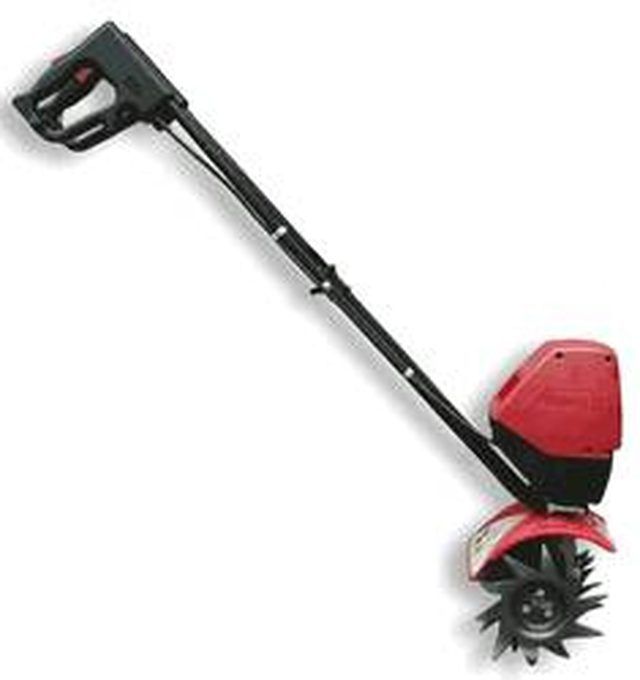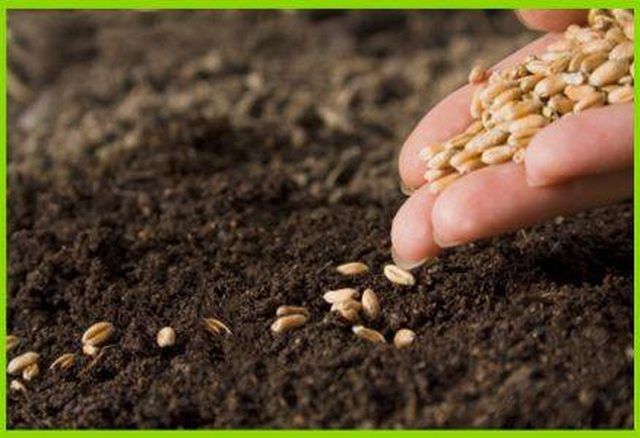Bulbs
Flower Basics
Flower Beds & Specialty Gardens
Flower Garden
Garden Furniture
Garden Gnomes
Garden Seeds
Garden Sheds
Garden Statues
Garden Tools & Supplies
Gardening Basics
Green & Organic
Groundcovers & Vines
Growing Annuals
Growing Basil
Growing Beans
Growing Berries
Growing Blueberries
Growing Cactus
Growing Corn
Growing Cotton
Growing Edibles
Growing Flowers
Growing Garlic
Growing Grapes
Growing Grass
Growing Herbs
Growing Jasmine
Growing Mint
Growing Mushrooms
Orchids
Growing Peanuts
Growing Perennials
Growing Plants
Growing Rosemary
Growing Roses
Growing Strawberries
Growing Sunflowers
Growing Thyme
Growing Tomatoes
Growing Tulips
Growing Vegetables
Herb Basics
Herb Garden
Indoor Growing
Landscaping Basics
Landscaping Patios
Landscaping Plants
Landscaping Shrubs
Landscaping Trees
Landscaping Walks & Pathways
Lawn Basics
Lawn Maintenance
Lawn Mowers
Lawn Ornaments
Lawn Planting
Lawn Tools
Outdoor Growing
Overall Landscape Planning
Pests, Weeds & Problems
Plant Basics
Rock Garden
Rose Garden
Shrubs
Soil
Specialty Gardens
Trees
Vegetable Garden
Yard Maintenance
About Grass Seeds for Hard-to-Grow Areas
About Grass Seeds for Hard-to-Grow Areas. Grass can be cultivated in hard-to-grow areas, if you learn some tricks and tips, starting with deciding whether to use seed, sod, or plugs.

Grass can be cultivated in hard-to-grow areas, if you learn some tricks and tips, starting with deciding whether to use seed, sod, or plugs.
Function
There are many reasons why someone would want to re-seed their lawn or property with grass. They include:
reviving a dead patch
repairing a damaged area
renovating a distressed area
re-establishing a grassy area
No matter the reason, it is important to realize that there are different grasses for different uses, and it is imperative that the right grass is used for the right reason. After ascertaining the reason for planting grass, it is useful to know both the soil conditions and the landscape type that will be involved. It is also important to know how watering and rainfall affect seed grass.
Geography
There two basic types of grass used in America, classified by climate. Cool season grasses are best for northern climates that have defined warm and cold seasons with regular rainfalls. Cool season grasses also work for transitional climates in the middle of the country. Warm season grasses work best in southern climates. Warm season grasses grow better when started by sod or plugs rather than seed. Often, because grassy areas often dry out, rye seed is used for "winter seeding" during the cooler months.
For northern regions, it is best to purchase cool-season grass seeds in a mixture or blend because these are more resistant to diseases. Mixtures have two or more species; blends contain two or more types of the same species. In southern regions, grass seeds are usually sold as monostands or non-mixtures.
Types
For seeding new areas, bad dirt often causes difficulties. Use a till to loosen up the dirt down to 6 to 8 inches. Mix the dirt with compost if it is too wet or too dry. Pre-leach salty dirt with a large amount of water. Tall fesuce, bermudagrass and zoysiagrass are tolerant of salty soil.
Most cool season grasses require full sun for optimum growth so do not use Kentucky bluegrass seed or sod of any type for shady areas. Avoid overwatering and over-fertilizing with nitrogen and maintain an adequate balance of phosphorus and potassium. Mow grass in shady areas at the highest recommended height and prune of low-growing bushes.
Blanket new seed on slopes with mulch or hay to keep the seeds from being washed away.

Features
The best kinds of grass seed mixtures contain a variety of seeds because it is harder for disease to infect all of the different kinds of seeds in a good mixture. Growing grass with the right mixture also will take into account any changes in the light and soil conditions, making growing a successful grassy area more likely.

Considerations
Test soil for acid, using lime to bring down the pH level if necessary. Keep new seed uniformly watered and do not cut it until it is about four inches long. Future mowings should be no lower than 2 inches, an inch at a time.